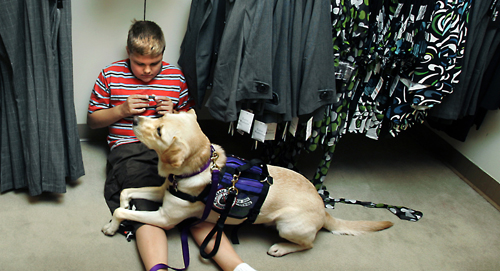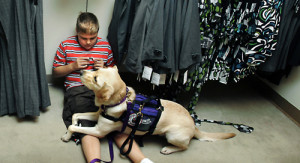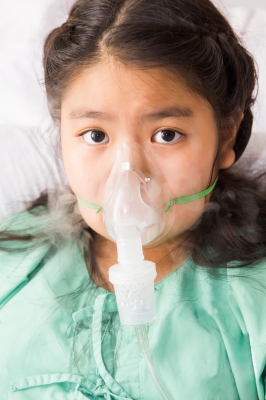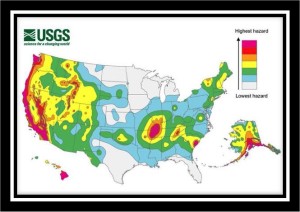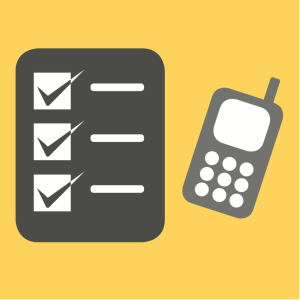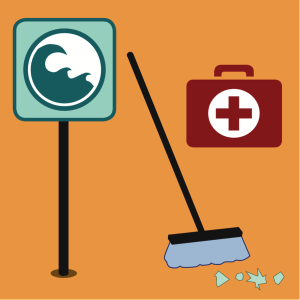 Anyone in the Atlanta area can attest to how dreary and frustrating it’s been to wake up to recent days of endless rain. I feel like it’s been raining for months straight! Memes are starting to pop up on Facebook naming us Atlantis or Seattle, Georgia. Oh and the MUD! I have two huskies that go and sit in mud puddles in the back yard – you wouldn’t believe what my carpet and furniture looks like, despite daily cleanings.
Anyone in the Atlanta area can attest to how dreary and frustrating it’s been to wake up to recent days of endless rain. I feel like it’s been raining for months straight! Memes are starting to pop up on Facebook naming us Atlantis or Seattle, Georgia. Oh and the MUD! I have two huskies that go and sit in mud puddles in the back yard – you wouldn’t believe what my carpet and furniture looks like, despite daily cleanings.
But dreariness and carpet mud cakes are not the only side effects of bad weather. I’m hearing from parents and teachers that children have been especially wild, fidgety, irritable and aggressive during this endless bout of downpours. In fact, low pressure systems have long been linked to increased behavior problems in children. In my own household, I’m seeing its effects as well. My son is much more “in your face,” making increased noises, and treating almost every object in our living room as if it’s a soccer ball and he’s Pelé, going for the winning goal. My daughter has been extremely achy, moody and depressed. But then again, she’s 17. Isn’t this normal for a teenage girl?
What is barometric pressure?
Barometric pressure is the weight of the overlying air pressing down on the earth. It is also known as air pressure. Low barometric pressure means the overlying air is rising, whereas high pressure means the overlying air is sinking. High barometric pressure supports sunny, clear, and favorable weather conditions. Low barometric pressure promotes rainy and cloudy weather conditions.
The Canadian Psychiatric Association published a study concluding that, “low barometric pressure is associated with an increase in impulsive behaviours.”
It seems to be magnified in children who already struggle with impulsivity or behavior issues. On a forum called Healthboards.com, a teacher that works at a Jr. High school noted that it has a big impact on the behavior of her students (especially the 7th graders). Students who have a tendency to be impulsive or hyperactive are particularly impacted. Another parent stated that their 7 year old (PDD-NOS) has always been sensitive to this, noticing a correlation between his moods, behaviors, aches and pains and the pressure in the air. You can read their specific comments here.
Tips for Weather-Related Autism Behaviors
Expect increased calls or issues during bad weather and low pressure systems. If you are responding to a call involving someone with autism, increased aggression, anxiety, impulsive behaviors and sensory issues may occur.
It is especially important to try and reduce sensory triggers and keep the environment as calm as possible. Even a small effort to district with a tactile object (such as a piece of gum or a slinky) may help de-escalate someone in a meltdown.
Be prepared to wait it out. Once you know there’s a reason for the behavior, it’s generally easier to get through it. The storm will pass, in more ways than one. Let’s hope Atlanta’s rain will do the same!








